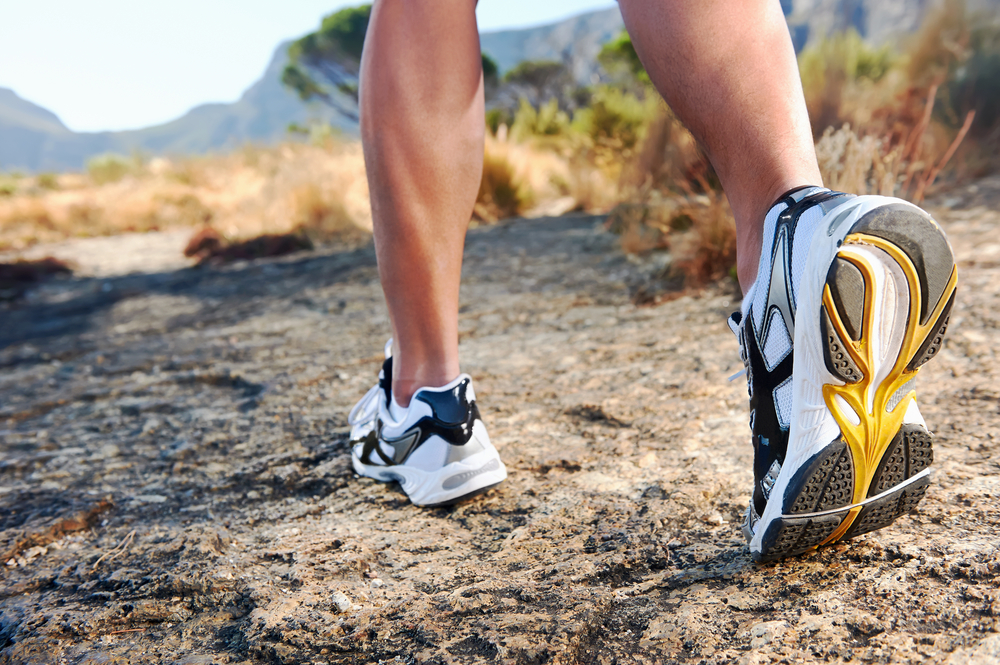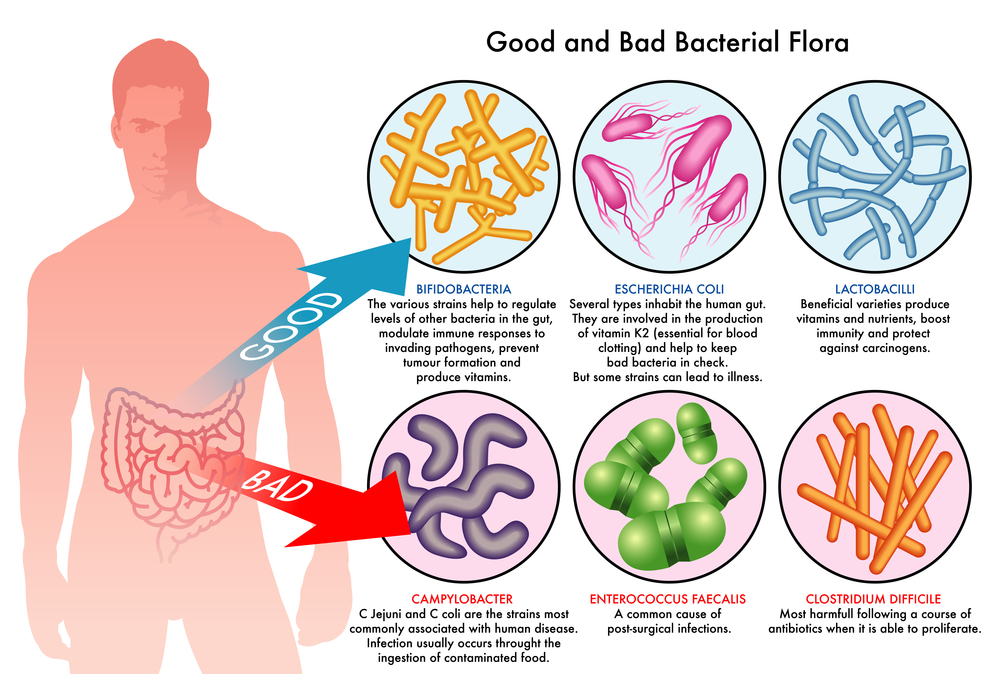
Breathe – The Importance of Breathing
Did you know that about 77 percent of people experience stress that impacts their physical health? Stress can cause heart problems, pain, muscle spasms, headaches, and more. When your stress begins to impact your health, it’s a clear sign that you need new coping techniques. One coping technique that’s often overlooked is breathing. Read on to learn the importance of breathing.
Are you looking to decrease your stress, help your mental health and feel better? Keep reading to learn more about the importance of breathing techniques for your health.
The Importance of Breathing Exercises
Using different breathing exercises can benefit you physically, emotionally, and mentally. For example, one 2021 study looked at the benefits of diaphragmatic breathing in patients with GERD.
The results indicated a potential for using diaphragmatic breathing as a treatment method. This treatment method has also been looked at for its emotional and mental benefits.
Some other benefits include:
- Lower the effects of cortisol
- Reduce your heart rate
- Decrease blood pressure
- Increase lung health
- Reduce pain
- Decrease stress
- Relieve anxiety, anger, and frustration
- Feel happier
- Increase energy
- Reduce depressive symptoms
Box Technique
Box breathing is also called square breathing. This technique can help slow down your breathing. In addition, it can decrease stress, calm your nervous system and mind, and improve focus.
When you’re doing this technique, you should stand, sit, or lie down on your back. If sitting in a chair, make sure your back is supported and your feet are on the floor. Place one hand on your chest and one on your stomach.
When you breathe, your chest and stomach should rise. If your chest does, but your stomach does not, you are breathing shallowly.
You’ll start by breathing in and slowly counting to four. Then hold it in for four seconds. After four seconds, slowly exhale through your mouth for four seconds.
Repeat those steps until you feel centered.
Diaphragmatic Technique
Diaphragmatic breathing strengthens your diaphragm, improves core stability, slows your breathing rate, reduces heart rate and blood pressure, and promotes relaxation. In addition, many studies are still looking at other conditions this technique can help with.
It’s recommended that this technique be practiced for five to ten minutes and around three or four times a day.
To start, lie down on a flat surface. Place a pillow beneath your head and knees to keep your body comfortable.
You’ll place one hand on your stomach, just under your rib cage but above your diaphragm. The other hand, you want to place it on the middle of your upper chest.
Start by inhaling slowly through your nose. You want to draw the breath down towards your stomach so that your stomach pushes upwards, but your chest remains still.
Next, tighten your abdominal muscles and allow your stomach to fall downwards while exhaling through pursed lips. Your chest should remain still through this step.
Start Practicing Breathing Techniques
The importance of breathing cannot be overstated. There are many types of breathing techniques that can help you physically, mentally, and emotionally. Box and diaphragmatic techniques are excellent places to start.
Are you looking for more ways to reduce stress and pain? Contact us today to learn how we can help.





